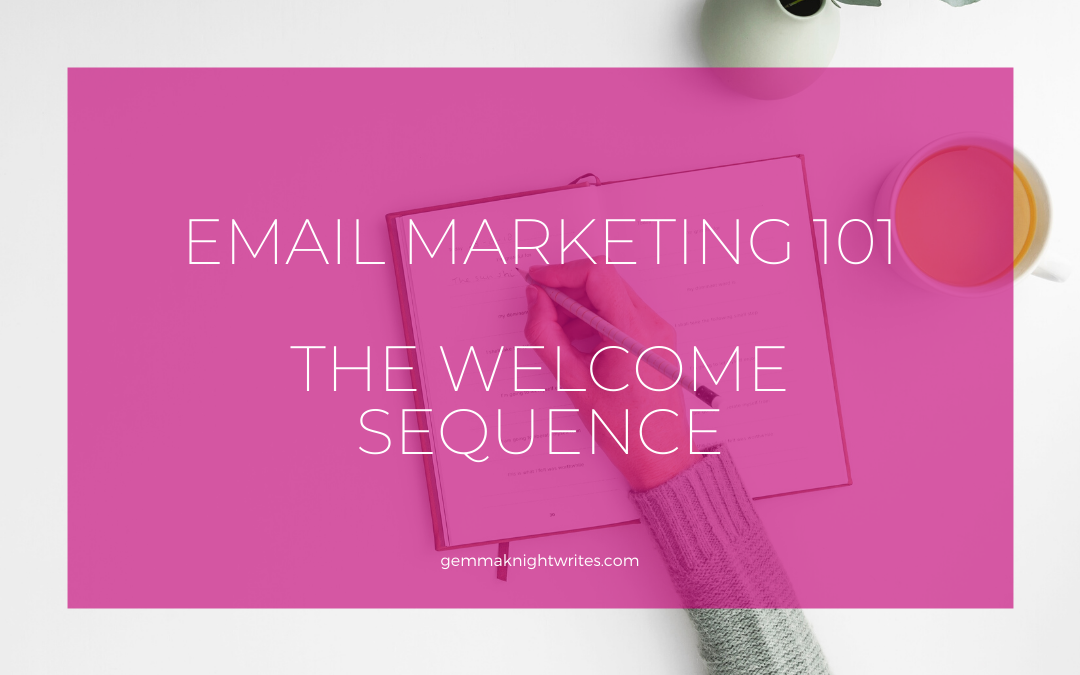When new subscribers join your list, what happens… crickets and tumbleweeds? Then all of a sudden your newsletter might randomly land in their inbox completely out of the blue.
It’s probably a bit of a shock to them and they might wonder why they are receiving it.
Let’s think about it this way. What would happen if you were invited to someone’s house, you walked in the door and they ignored you until they had something they wanted to say. Maybe they wanted to push their food on you, or give you a drink before they even knew if you liked what they were offering.
You don’t know them, what their cooking skills are like, or even if you are interested in knowing more at this stage. You haven’t even made it past the entranceway yet.
That is what it is like when you don’t officially welcome someone to your email list. They don’t know who you are, what you stand for, or how you can help them with their problems. So you need to introduce yourself and begin to build a relationship of familiarity.
How can you do that? With a welcome email sequence of course!
What Is A Welcome Email Sequence?
A welcome email sequence is a vital step in building a great relationship with your email list. It is the series of emails that are automatically sent to a new subscriber that joins your email list. Depending on your business, welcome sequences can be simple and consist of 3 basic emails, or they can be more complex with 5 to 7 emails.
The main purpose of the sequence is introduce yourself and your business. You need to prove to your brand new subscriber that they have made the right choice when they handed over their email address. Kick your relationship off on the right foot by giving them a great free resource. Then, show them around your site, introducing them to your best content.
Finally, pull back the curtain and give them a glimpse of the person behind the business. Give them an idea of who you are. Let your personality shine through so that they know they aren’t dealing with a robot.
The main purpose of a welcome email sequence should not be about selling. It is about building your Know, Like and Trust factor. If you take the time to build the relationship now then the sales will follow soon. It’s not to say that you shouldn’t give your new subscribers a chance to purchase in your welcome sequence, but it should not be your main objective.
Why You Shouldn’t Just Send New Subscribers Your Newsletter
They Aren’t Ready
The simple reason you shouldn’t just add people to your newsletter mailout is that your subscribers are just not ready. Adding them to your main list right off the bat means that they get to see all of your sales material before they are ready to buy. Only when they Know, Like and Trust you will they be convinced to buy from you on a regular basis.
You Don’t Know What They Like
If you have a number of offerings in your business, then not all of your audience will be interested in everything you have. You can use your welcome email sequence to segment your list according to their interests. Then when they move into your main list, you can always send them content that is of value and position the correct sales opportunities.
First Impressions Count, But So Do Second And Third
Welcome emails have some of the highest open rates of all emails sent. You want to make the most of this opportunity. Your first welcome email should be great as it is your first opportunity to impress your new subscriber. But, your second and third emails should be equally great to prove that they should stick around for more than just your freebie resource.
A Welcome Series Is More Personalised
Subscribers will know that a large group of people are receiving your main newsletter. But, you can cleverly craft your welcome series to make it seem like you are speaking directly to the individual. This makes them feel valued and welcome (for lack of a better term!) You can intrigue, engage and persuade them, positioning them for conversions.
Your welcome email sequence is a subscriber’s first introduction to your business. You want it to be easy and natural.
So, have you got yours in place?
Now you know you need one, you might require some help writing the kind of emails your clients want to read. Grab my top 10 tips for writing amazing emails just below…

